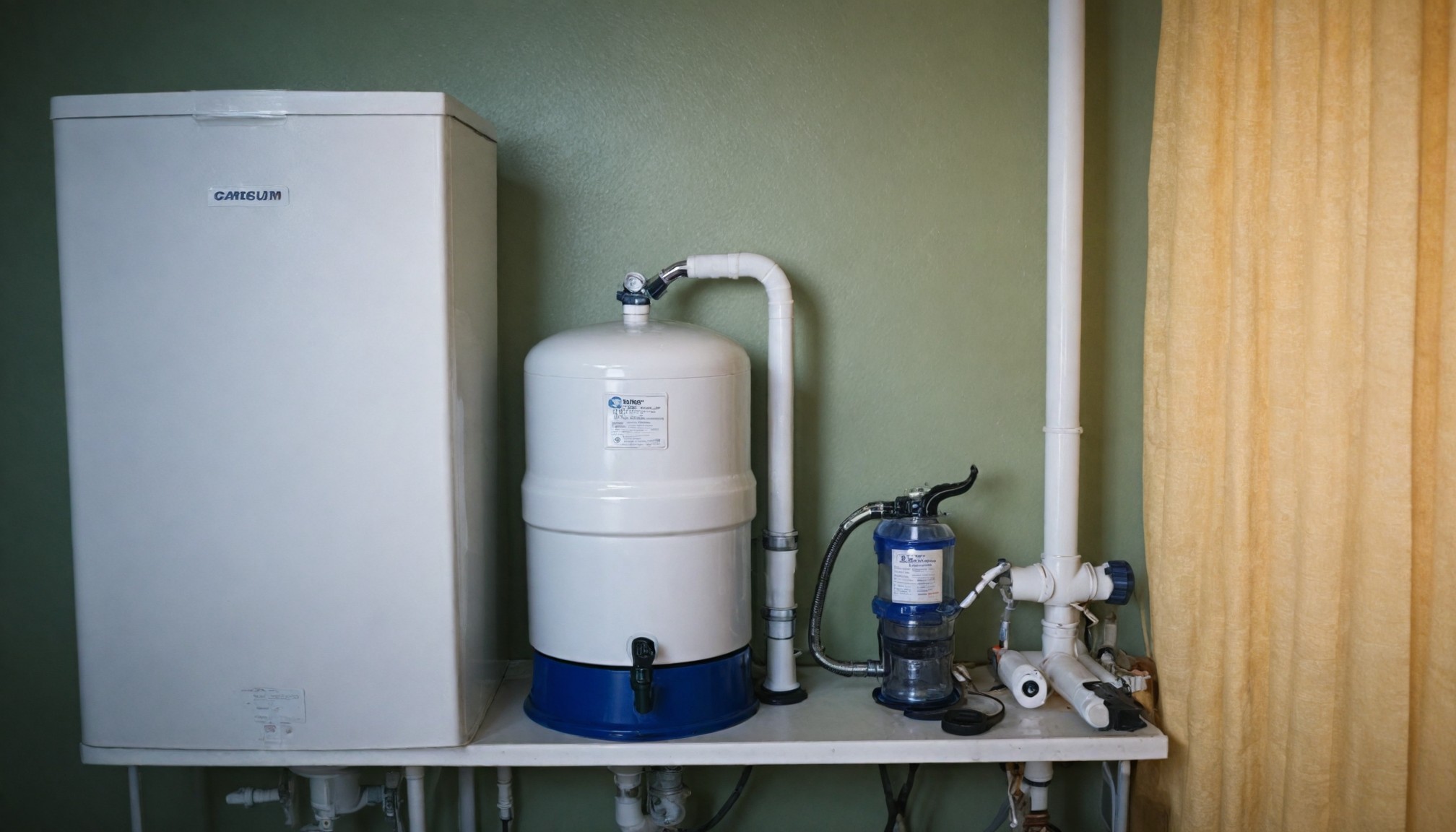
How to Prepare Your Apartment for a New Pet: Tips and Lifehacks
If you’re planning to welcome a new pet into your home, it’s important to prepare your apartment or house to accommodate them comfortably. This includes setting up a cozy corner and sleeping area, getting a litter box and water bowl, and planning where to store your pet’s belongings. In this guide, we’ll discuss ways to prepare and organize your living space, whether you’re bringing home a cat, dog, hamster, guinea pig, or other animals.
Preparing Your Home for a Cat: Scratching Posts, Litter Boxes, and Toys
Cats, unlike dogs, spend most of their time indoors, so it’s crucial to create a cozy and safe space for them.
Safe Space
- Remove hazardous items: Survey your apartment and remove small items that a cat might accidentally swallow. Hide any exposed cords or electrical cables, as cats love to chew on them.
- Secure windows and balconies: Ensure windows and balcony doors are securely closed, and ideally, install safety nets to prevent accidents.
- Avoid toxic plants: Some plants, like lilies or azaleas, are toxic to cats. Keep them out of reach.
Create a Cozy Environment
- Cat corner: Designate a spot with a bed or blanket where your cat can rest. This could be a cozy corner with soft bedding.
- Toys: Invest in a few toys, like balls or string mice, to entertain your cat and keep them active.
- Scratching post: A scratching post will help protect your furniture and allow your cat to satisfy their natural instincts.
Set Up a Litter Area
- Choose the right litter box: Pick a spacious, easy-to-clean litter box.
- Location: Place it in a quiet area, away from food and water.
Provide Food and Water Access
- Bowls: Choose stainless steel or ceramic bowls for food and water, as they’re more hygienic and durable.
- Food: Have quality cat food ready that suits your pet’s age and needs.
Preparing Your Home for a Dog: Bowls, Food, and Walking Supplies
Bringing a dog home is exciting and rewarding, but also a big responsibility. Here’s how to prepare:
Plan for a Welcoming Routine
- Be there for them: Try not to leave your new dog alone at first. Take a few days off or bring the dog home on the weekend so you can spend time with them.
- Remove hazardous items: Like cats, dogs are curious. Hide small items, toys, cables, and even shoes that may entice them to chew.
Set Up a Sleeping Spot
- Sleeping area: Prepare a cozy space with a bed or mat where the dog can rest comfortably. It could be in a quiet corner or a small doghouse indoors.
- Toys: Get a variety of toys, such as balls and ropes, to keep your dog entertained.
Plan for Regular Walks
Decide who in the household will be responsible for taking the dog on walks and when.
- Toilet area: If you’re training a small dog with pads, choose a spot in the apartment for them.
Food and Water Setup
- Bowls: Opt for stainless steel bowls that are easy to clean and durable.
- Food: Prepare high-quality dog food that suits their age and size, and consult a vet for guidance.
Vet Visit and Dog Care
- Health check: Once your dog has settled in, plan a vet visit for a health check and vaccinations.
- Training and play: Dedicate time to playing and training to strengthen your bond and teach good behavior.
Setting Up an Aquarium: Filters, Food, and Tank Placement
Many think that keeping fish is simple, but it requires careful preparation:
Choosing a Location
- Stable foundation: Place the aquarium on a sturdy surface, away from windows to avoid direct sunlight and temperature changes.
- Electricity access: Ensure there’s a nearby outlet for equipment like filters, heaters, and lights.
Choosing an Aquarium
- Size: Pick an aquarium size based on the number of fish you want.
- Material: Glass or acrylic tanks are best, with glass being scratch-resistant and acrylic lightweight.
Equipment and Décor
- Filtration: Get a quality filter to maintain clean water.
- Heater and lighting: If you have tropical fish, use a heater and suitable lighting.
- Decorations: Add plants, stones, and other décor.
Water Preparation
- Water quality: Test and adjust water parameters like pH and hardness.
- Cycling: Start the aquarium a few days before adding fish to establish a biological balance.
Hamsters, Guinea Pigs, and Rats: Cage, Food, and Play
If you’re getting a hamster, guinea pig, or rat, choosing the right cage is essential.
Cage Location
- Quiet space: Pick a quiet area in your home, away from busy zones.
- Sturdy foundation: Make sure the cage is on a stable surface and not in direct sunlight or near heaters.
Food and Water
- Food: Choose quality food tailored to your pet, and provide fresh fruits and veggies if appropriate.
- Water: Install a water bottle with fresh water, and refill it regularly.
Cage Cleaning
Keep the cage clean by removing waste and changing bedding to ensure hygiene.
Preparing for a Parrot
Parrots are social and intelligent creatures that require attention and interaction. Learn about their needs in terms of space, diet, and care, and create a safe and stimulating environment for them. Don’t forget about regular veterinary care and opportunities for socialization with other birds or people.
Choosing a Location for the Cage
- Quiet and Safe Spot: Place the cage in a quiet corner of the home, away from direct sunlight and drafts.
- Household Appliances: Avoid placing the parrot near working household appliances, radiators, or under an air conditioner.
- Remove Hazardous Items: Ensure that no toxic plants, small objects, or electrical wires are within the parrot’s reach.
Setting Up the Cage
- Cage Size: Ensure the cage is spacious enough for your parrot, allowing it to move freely.
- Cage Accessories: Add perches of different diameters, toys for entertainment, and food and water bowls. Use natural materials.
Preparing for Care
- Food and Accessories: Stock up on quality food, minerals, and vitamins. Also, get necessary accessories, like water dispensers and toys.
- Cleanliness: Parrots can shed feathers and scatter seeds. Regular cleaning will help maintain the cleanliness of your home and the health of your pet.
What Can You Do?
Before getting a pet, ensure you have enough time, finances, and space to care for it. Many animals require long-term care and attention, so it's essential to understand in advance that your life may change in the future. If you decide to get a pet, be sure to prepare your home for its arrival and give both yourself and the pet time to adapt!
Recent articles from Home Maintenance

Upgrading Your Home's Water Filtration System for Clean and Healthy Living
Introduction: A reliable water filtration system is crucial for ensuring the quality and safety of the water you and your family consume. Upgrading or installing a water filtrat...

How to Choose and Hang String Lights on Your Balcony
One of the simplest ways to create a cozy, festive atmosphere at home is by hanging string lights. Once reserved for Christmas trees, twinkling lights are now used year-round, adding charm to sh...

The Importance of Regular Chimney Inspections: Ensuring Safety and Efficiency
Introduction: Chimneys are often overlooked when it comes to home maintenance, yet they play a crucial role in safely venting smoke and fumes from fireplaces, stoves, and furnac...